
You might think making your front yard look nice is hard, but it’s easy with the right trees. Trees add beauty, shade, and color all year. Imagine flowers in spring or bright leaves in fall. Choosing the right tree can change your yard into a happy place.
Which trees are best for your home? Look for ones that grow well in your area. Dogwoods bloom pink flowers, and maples turn red in autumn.
Trees also help birds and bees. Pick a tree that fits your space and style. Make your yard a colorful wonderland.
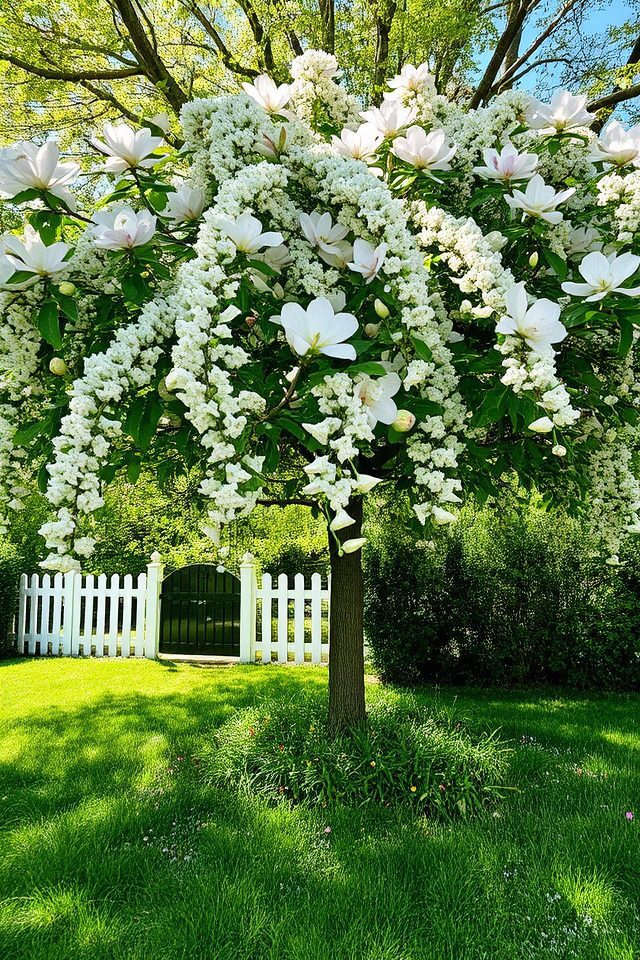
The Flowering Dogwood (Cornus florida) is a stunning choice for front yards, renowned for its spectacular spring blooms. The tree produces clusters of white or pink flowers that transform your landscape into a picturesque scene. Beyond its aesthetic appeal, the Flowering Dogwood is also a hardy tree, thriving in various soil types and providing vibrant fall foliage. Its compact size makes it perfect for smaller yards, while it also attracts butterflies and birds, enhancing the natural beauty of your garden.
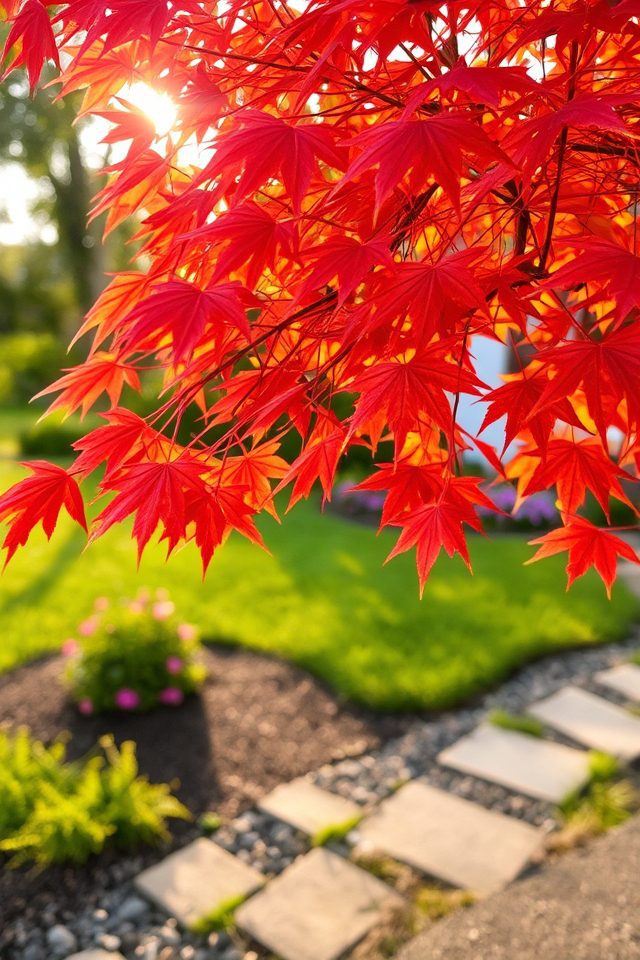
The Japanese Maple is a stunning choice for front yard landscaping, known for its elegant, delicate foliage and striking colors. With a range of varieties, it can feature shades of deep red, vibrant green, or soft yellow, providing seasonal interest throughout the year. This tree typically grows to a height of 10 to 25 feet, making it perfect for smaller spaces. Its graceful branches and attractive shape create a mesmerizing focal point, enhancing the curb appeal of any home.
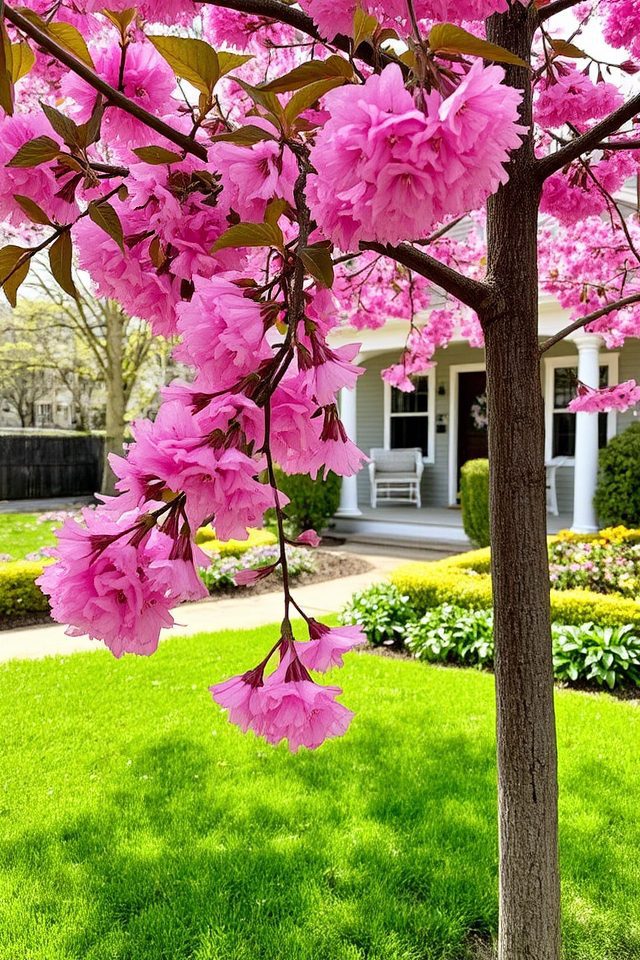
The Redbud tree is a stunning addition to any front yard, known for its vibrant pink or purple blossoms that emerge in early spring before the leaves appear. This deciduous tree typically reaches heights of 20 to 30 feet, making it a manageable size for residential landscapes. Its heart-shaped leaves provide a lush green canopy in summer, while its attractive bark adds visual interest in winter. The Redbud is also relatively low maintenance and adaptable to various soil types, making it a popular choice among homeowners.
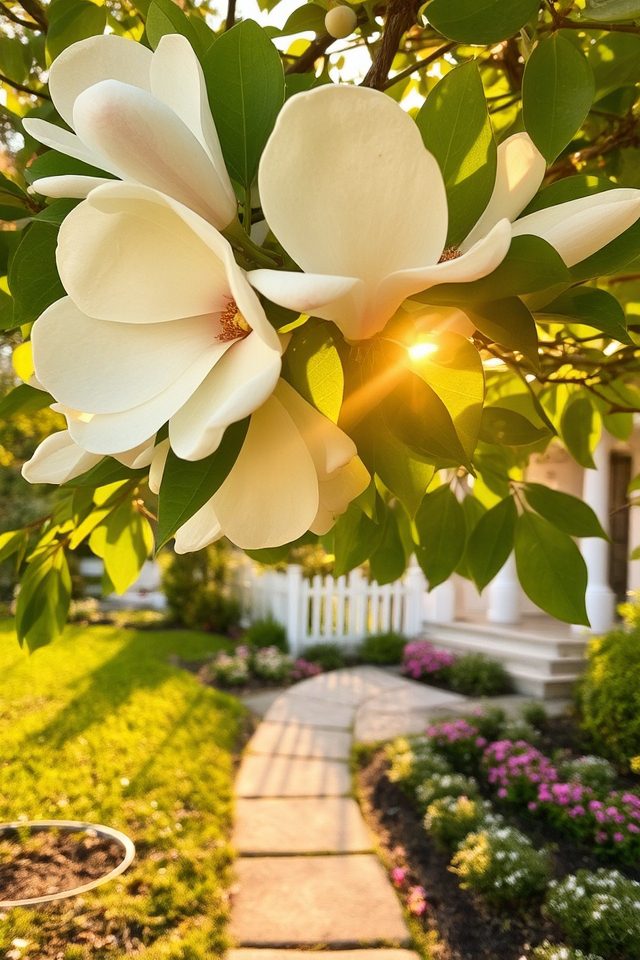
Magnolia trees are a stunning choice for front yards, renowned for their large, aromatic flowers and glossy green leaves. With varieties that bloom in hues of white, pink, and purple, they provide striking visual appeal throughout the growing season. Magnolias can vary in size, making them suitable for both spacious and compact landscapes. These trees are not only beautiful but also relatively low-maintenance, thriving in well-drained soil and full sun, adding elegance and charm to any front yard.
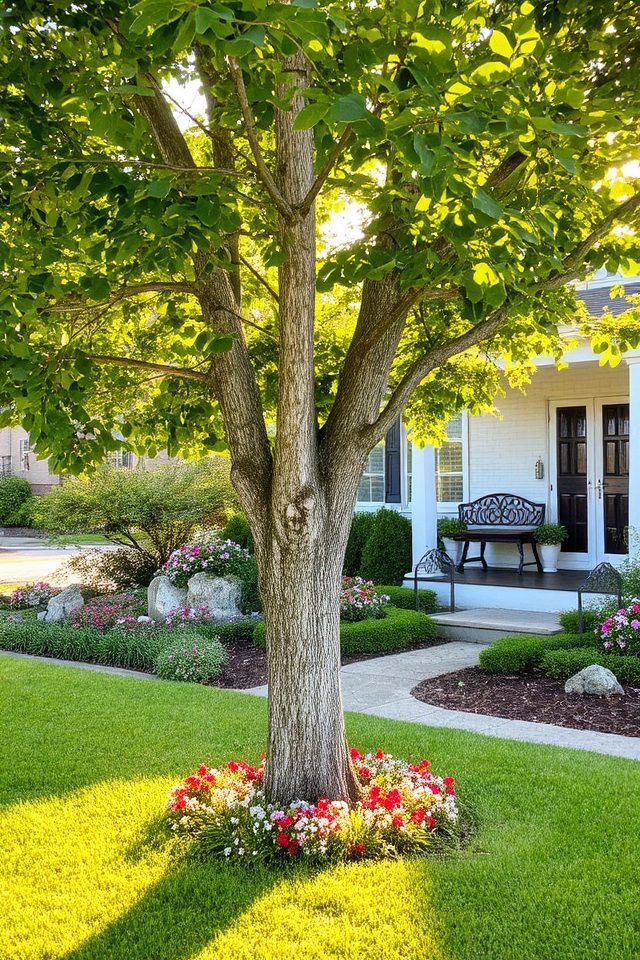
The Lacebark Elm (Ulmus parvifolia) is a stunning choice for front yards, prized for its attractive, mottled bark that peels away in strips, revealing a beautiful camouflage of green, gray, and brown beneath. This deciduous tree offers a dense canopy of glossy green leaves, providing ample shade during summer. It is highly resistant to pests and diseases, making it low-maintenance and ideal for urban environments. With its striking aesthetic and resilience, the Lacebark Elm is a fantastic addition to any front yard landscape.
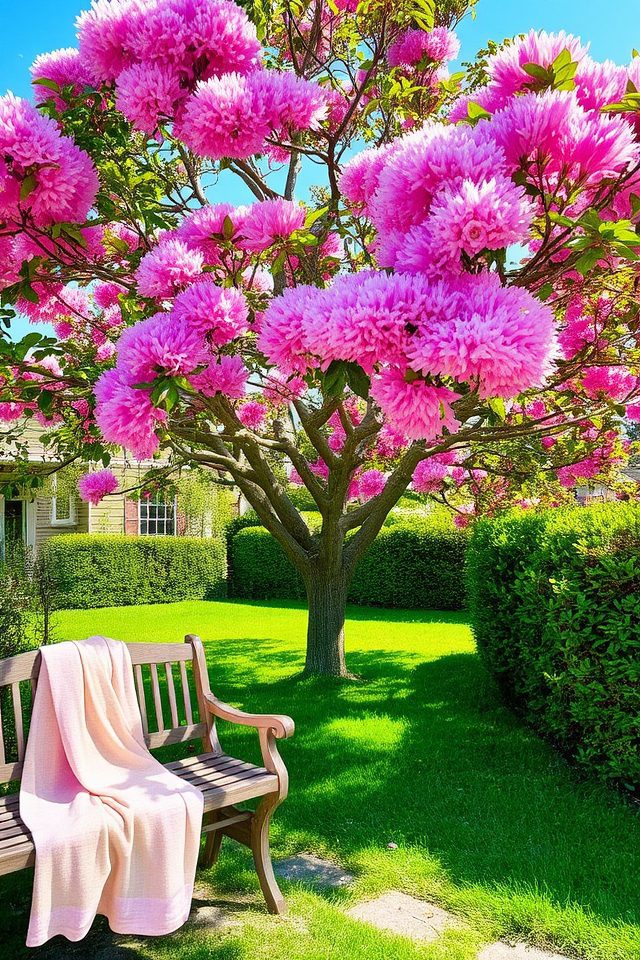
Crepe Myrtle is a popular choice for front yards due to its stunning summer blooms and striking bark. This versatile tree can thrive in various climates, offering vibrant flowers in shades of pink, white, red, and purple. With a mature height ranging from 15 to 30 feet, it serves as an eye-catching focal point or a charming accent. Additionally, its picturesque form and longevity make it a favored option for enhancing curb appeal and providing seasonal interest.
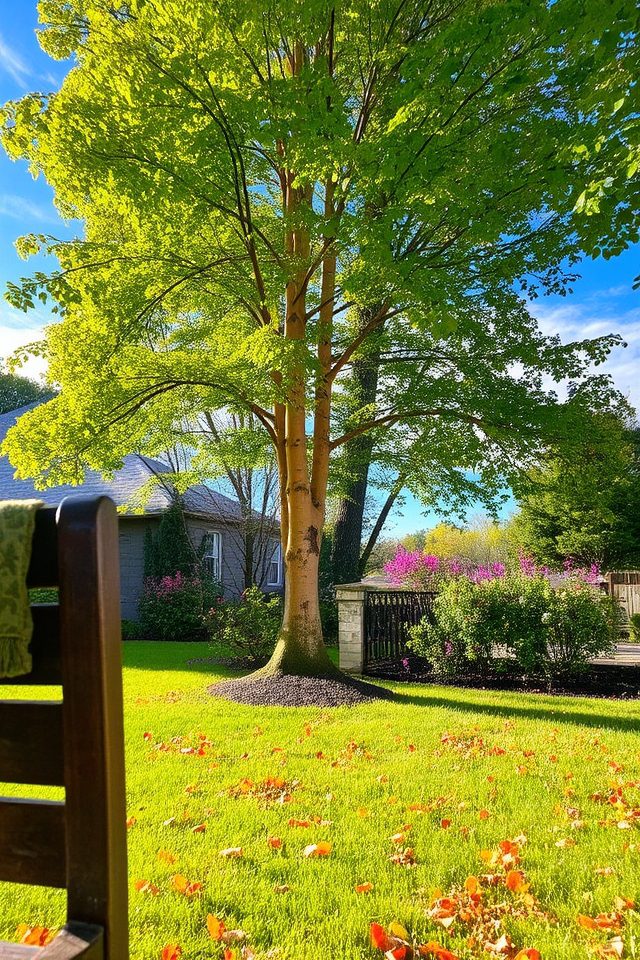
River Birch is an ideal choice for front yards due to its striking appearance and adaptability. Known for its peeling, cinnamon-colored bark and graceful, arching branches, it adds visual interest throughout the seasons. This tree thrives near water, making it perfect for wetter soils, but it’s also tolerant of drier conditions. With its beautiful foliage that turns golden-yellow in the fall, River Birch provides shade and enhances the landscape with its unique charm.
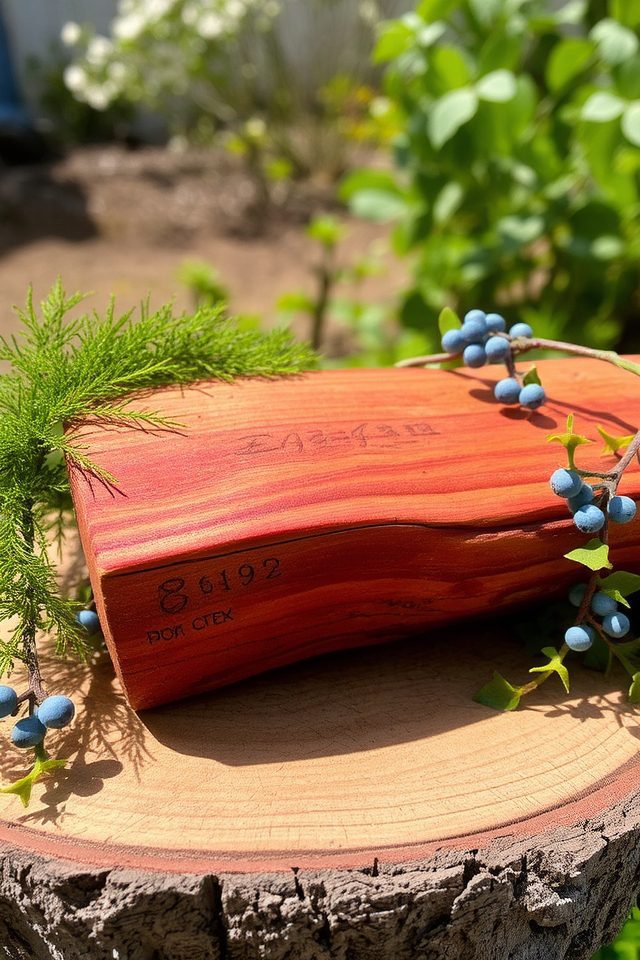
The Eastern Red Cedar (Juniperus virginiana) is an evergreen tree renowned for its pyramidal shape and aromatic, reddish-brown wood. This resilient tree thrives in a variety of soil types and is drought-tolerant once established, making it an excellent choice for front yards. Its dense foliage provides a natural privacy screen, while its attractive berries offer food for birds. Additionally, the Eastern Red Cedar is low-maintenance and can add beauty and character to any landscape.
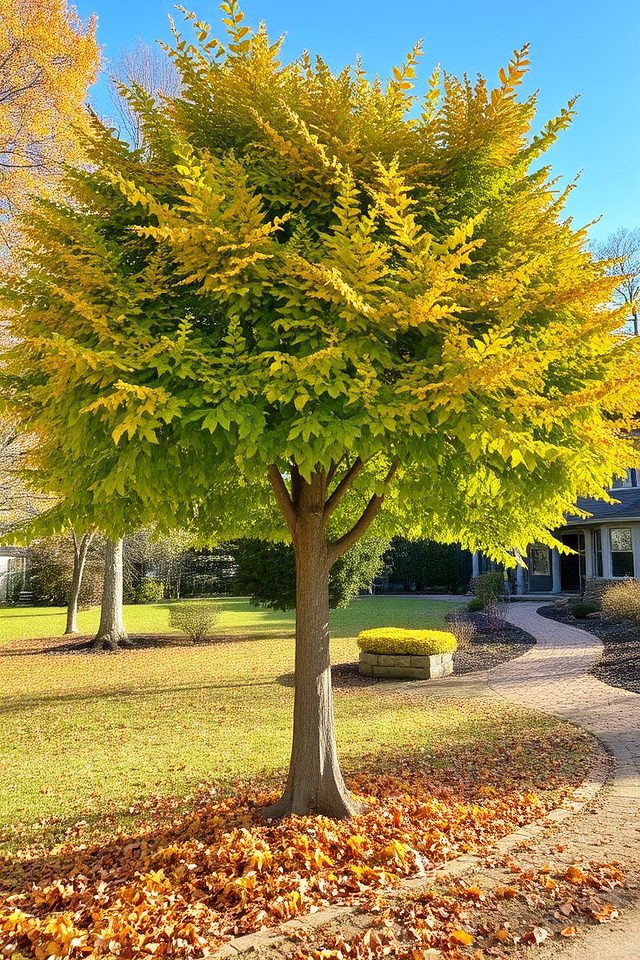
The Black Tulip Tree, also known as Liriodendron tulipifera ‘Nigra,’ is a striking addition to any front yard. This deciduous tree features glossy green leaves that turn brilliant shades of yellow in the fall. Known for its unique tulip-shaped flowers, which are a vibrant mix of green and yellow, it can grow up to 60 feet tall, providing ample shade. Its upright growth habit and smooth gray bark make it an attractive focal point, ideal for enhancing your landscape.
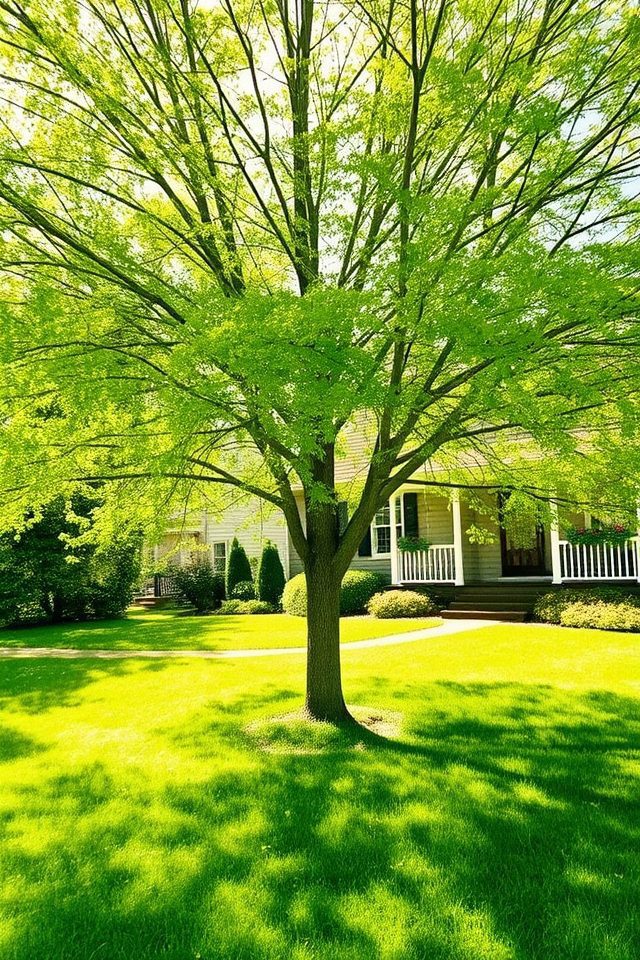
The Honeylocust (Gleditsia triacanthos) is an excellent choice for front yards, known for its attractive, lacy foliage that provides dappled shade without fully blocking sunlight. This deciduous tree boasts a majestic, open canopy and can grow up to 30-70 feet tall, making it suitable for varying landscapes. Its small, fragrant flowers emerge in spring, followed by unique seed pods in the fall. Additionally, Honeylocust trees are drought-tolerant and adaptable to various soil types, making them low-maintenance landscape options.
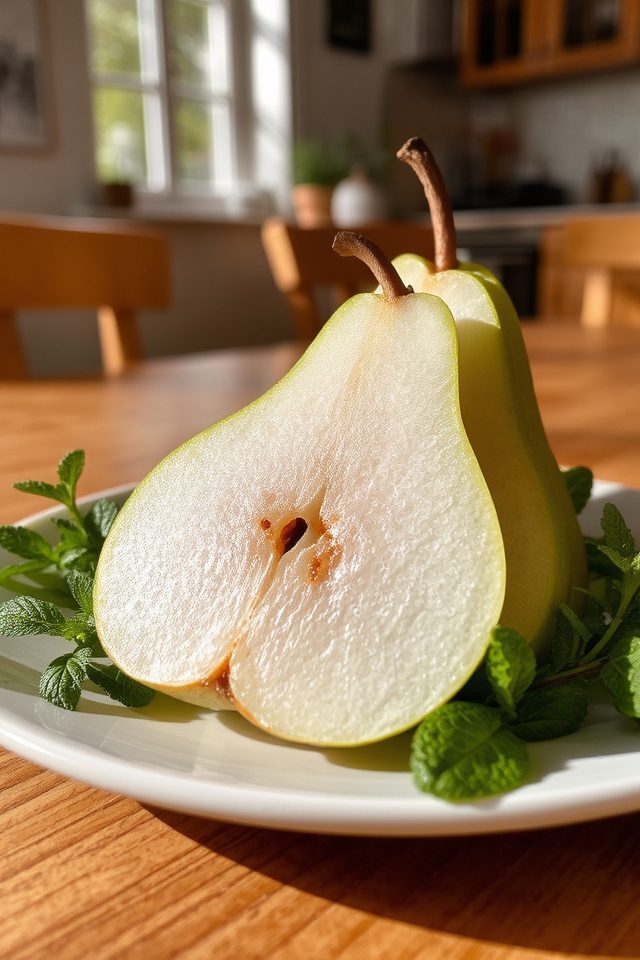
The Bradford Pear, known for its stunning spring blossoms and symmetrical shape, is a popular choice for front yards. This deciduous tree features glossy green leaves that turn vibrant shades of red and purple in the fall, providing year-round interest. While its quick growth makes it appealing for instant landscape impact, it’s important to evaluate its weak branch structure, which can lead to susceptibility to storms and disease. Despite this, the Bradford Pear remains a visually striking addition to any home.
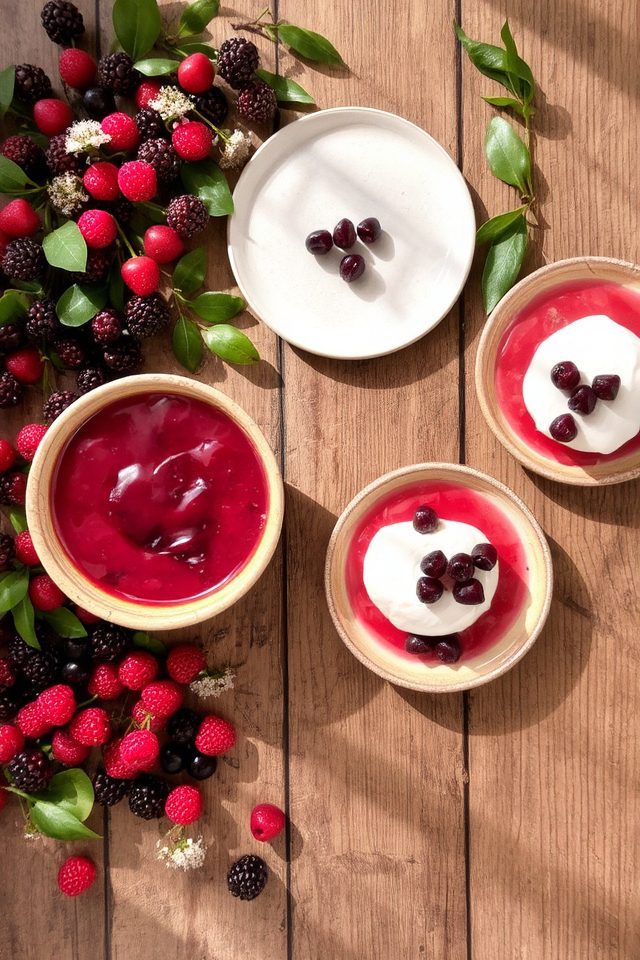
The Serviceberry, also known as Amelanchier, is an excellent choice for front yards due to its multi-season appeal. In spring, it features delicate white flowers that transform into small, sweet berries by summer, attracting birds and wildlife. Its vibrant fall foliage ranges from golden yellow to deep red, providing a stunning seasonal display. This small to medium-sized tree has a graceful shape and can thrive in various soil types, making it a low-maintenance yet beautiful addition to your landscape.
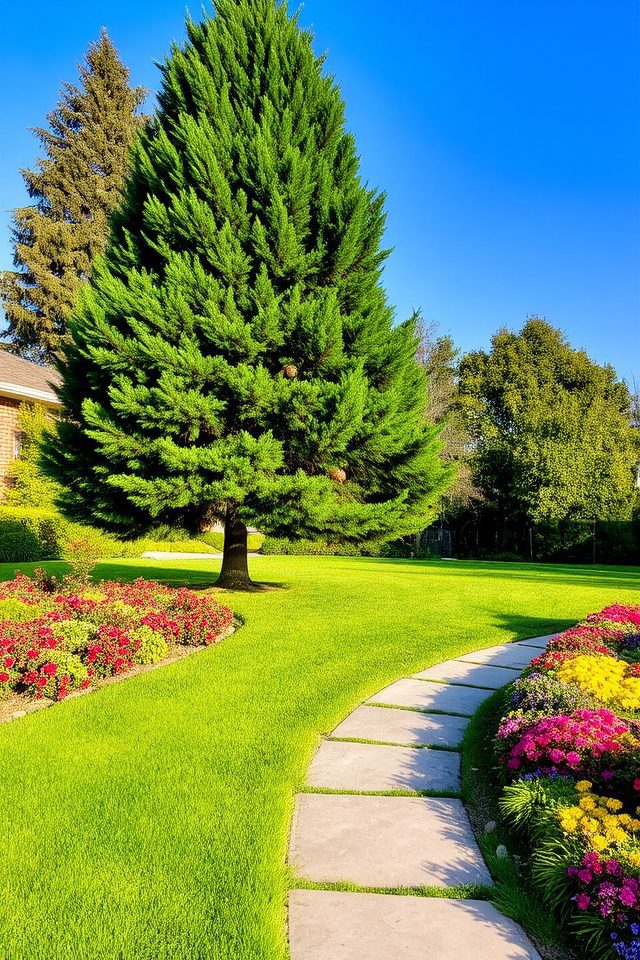
The Norway Spruce is a popular choice for front yards due to its fast growth rate and impressive stature. This evergreen tree can reach heights of 40 to 60 feet, with a spread of 25 to 30 feet, providing ample shade and privacy. Its hardy nature allows it to thrive in a variety of soil types and climates, making it low-maintenance. The tree’s dense, dark green needles and distinctive cone-shaped form add aesthetic appeal year-round, enhancing the beauty of any landscape.
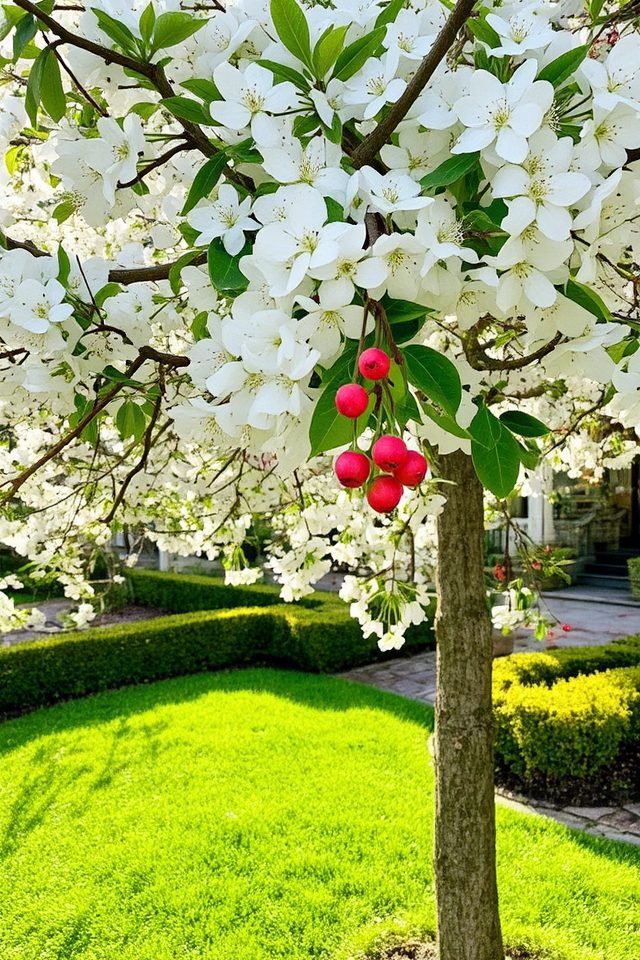
The Snowdrift Crabapple is a stunning choice for front yards, showcasing beautiful white blooms in spring that attract pollinators. This compact deciduous tree typically grows to around 15-20 feet, making it ideal for smaller spaces. Its glossy green leaves turn vibrant shades of yellow and orange in the fall, adding seasonal interest. Additionally, the small red fruits provide food for birds, enhancing your garden’s wildlife appeal. Easy to maintain, it’s a perfect ornamental tree for year-round beauty.
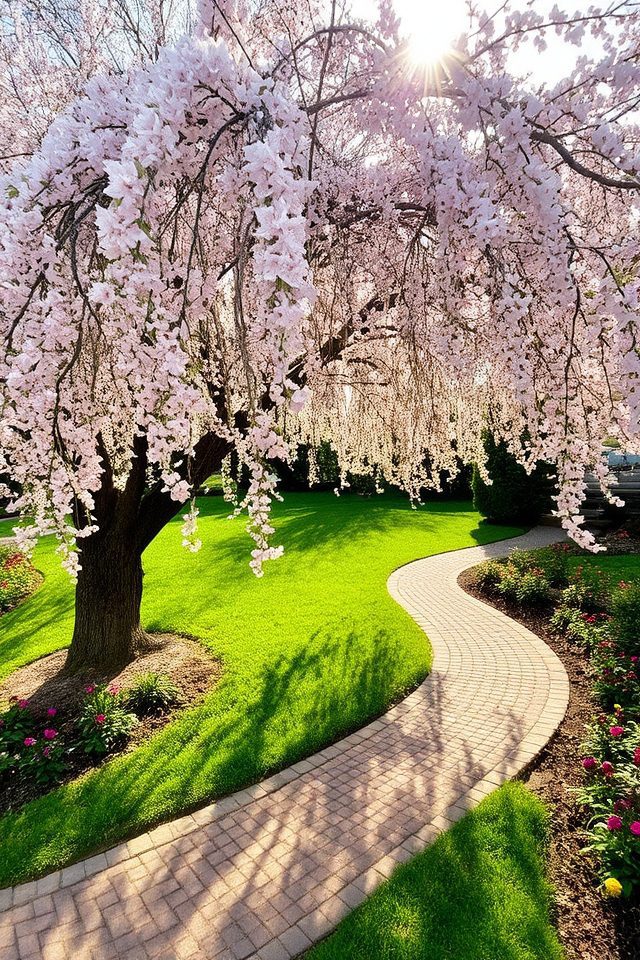
The Weeping Cherry is a stunning ornamental tree that adds elegance to any front yard. Known for its graceful, drooping branches adorned with delicate pink or white blossoms in early spring, this tree creates a breathtaking focal point as it blooms. Its lush green foliage in summer provides a beautiful contrast, while the vibrant fall colors offer a seasonal spectacle. Compact in size, the Weeping Cherry is perfect for smaller yards, making it a popular choice for homeowners seeking beauty and charm.
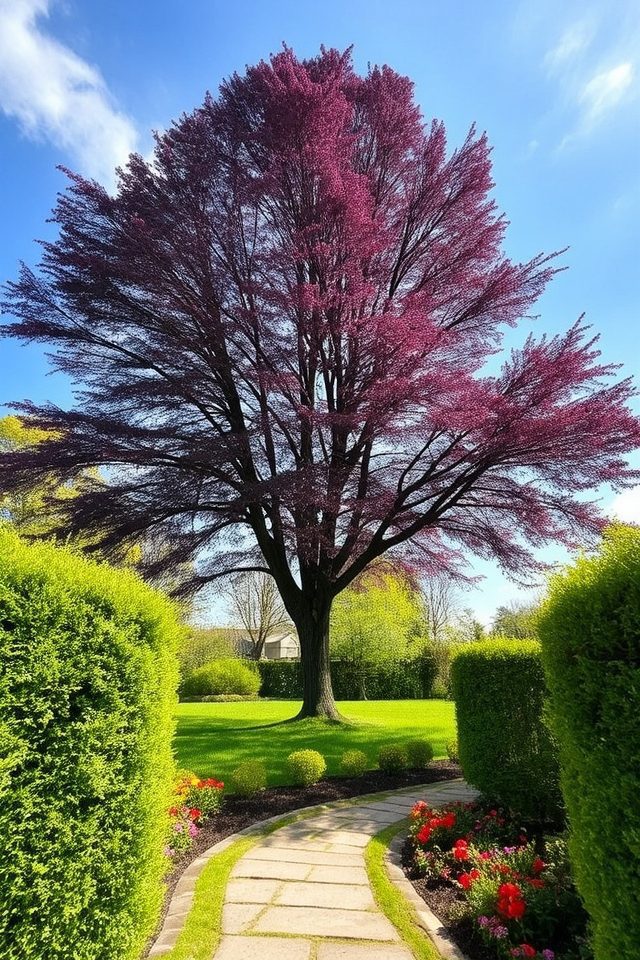
The Copper Beech is a stunning choice for any front yard, known for its enchanting coppery-purple foliage that emerges in spring and matures to a rich, deep purple in summer. This majestic tree boasts a broad, rounded crown and can reach heights of 50 to 70 feet, making it a striking focal point in any landscape. Its dense shade provides a cool retreat during hot months, while its attractive bark offers visual appeal year-round. Overall, the Copper Beech harmonizes beauty and functionality, making it a beloved addition to residential properties.
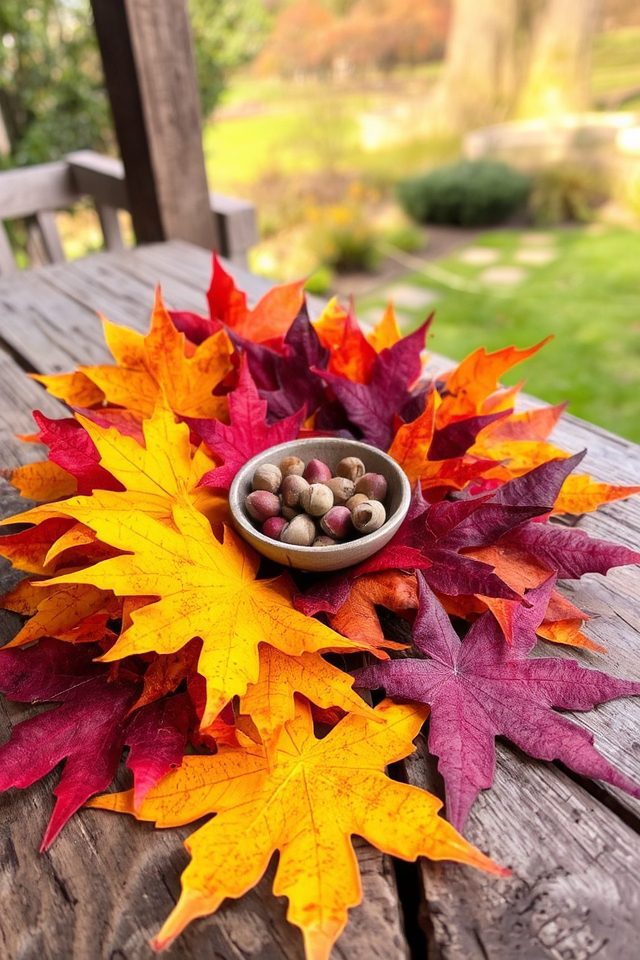
Sweetgum trees (Liquidambar styraciflua) are a popular choice for front yards due to their stunning star-shaped leaves that shift through a vibrant spectrum of colors in the fall, ranging from yellow to deep red and purple. With a tall, upright growth habit, they can provide ample shade and a striking vertical element in landscaping. Additionally, sweetgums are known for their unique seed pods, which can add an interesting texture to the yard. However, their seeds may create a litter, so consider this before planting.
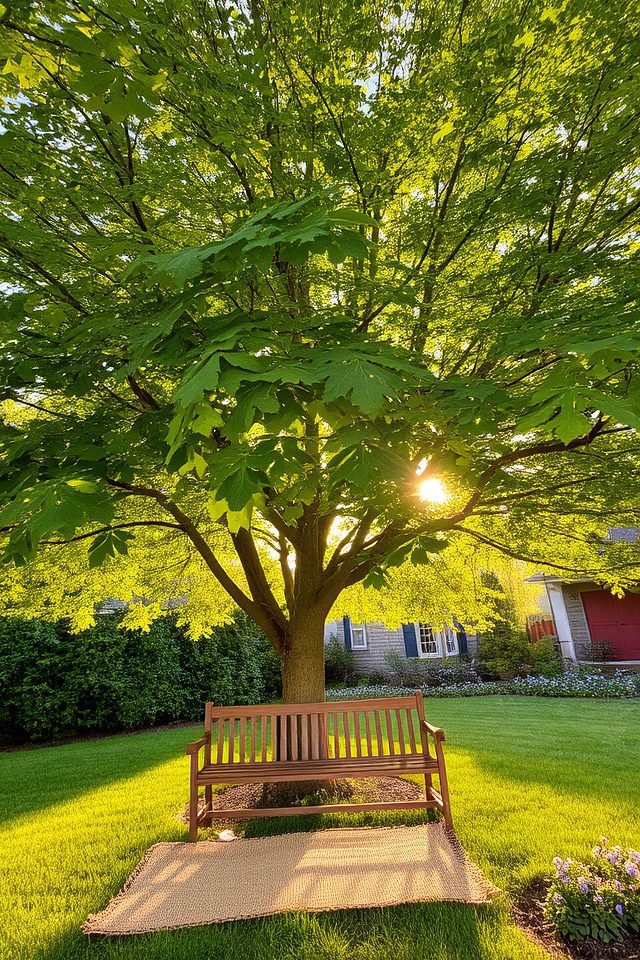
The Silver Maple (Acer saccharinum) is a popular choice for front yards, known for its rapid growth and attractive foliage. With its shimmering silver underside, the leaves provide a striking contrast against the bright green tops, especially in sunlight. Reaching heights of 50 to 70 feet, this tree offers ample shade, making it ideal for warm climates. However, its brittle wood can be prone to storm damage, so proper placement away from structures is advisable.
In your quest to enhance your front yard’s curb appeal, you might think that only the showiest trees will do, yet sometimes the understated elegance of a Lacebark Elm or a resilient Eastern Red Cedar steals the spotlight. It’s ironic, isn’t it? The simplest choices can yield the most striking results, making your home’s exterior not just beautiful but also a sanctuary for wildlife. So go ahead, embrace the unexpected and watch your landscape transform into a lush masterpiece.

Don't let aphids, slugs, and caterpillars ruin another plant. Take back control with simple, natural methods that actually work.